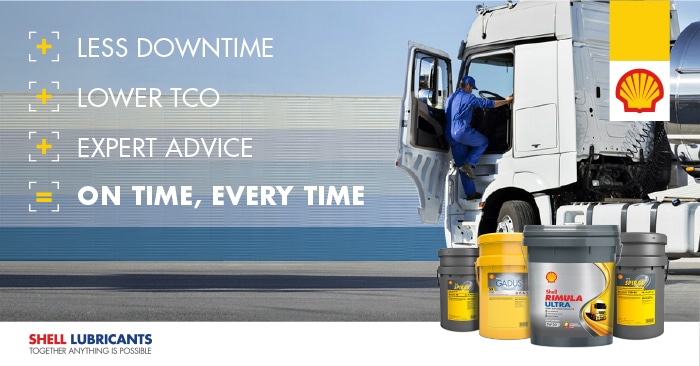The automotive industry has been shifting towards sustainability for many years, with Low-SAPS (Sulfated Ash, Phosphorus, and Sulphur) oils playing a crucial role in this transition. These lubricants have been widely used for over a decade, helping to minimise the accumulation of harmful deposits in after-treatment systems, reduce emissions, and extend engine longevity. As we move through 2025, it is important to reassess the demand for Low-SAPS oils and their continued relevance across different automotive sectors.
Understanding Low-SAPS Oils
Low-SAPS oils were introduced in response to stricter emissions regulations and the increased use of after-treatment systems such as Diesel Particulate Filters (DPFs) and Gasoline Particulate Filters (GPFs). Traditional engine oils contain additives rich in sulphur, phosphorus, and metallic compounds, which, while providing essential lubrication properties, can contribute to ash build-up. This build-up can clog emission control systems, reducing their efficiency and increasing emissions. Low-SAPS oils help mitigate this issue by reducing these specific additives, ensuring optimal performance of modern engines and their emission control systems.
Regulatory Drivers
The introduction of stringent emission standards has been the main driver behind the widespread adoption of Low-SAPS oils. Regulations such as Euro 4, 5, and 6 have progressively tightened limits on pollutants like nitrogen oxides (NOx), carbon monoxide (CO), unburned hydrocarbons (HC), and particulate matter (PM). These evolving standards have made Low-SAPS oils a necessity in many vehicles, particularly those with advanced after-treatment systems that require lower levels of harmful deposits to function efficiently.
Market Trends and Adoption
As of 2025, the demand for Low-SAPS oils remains strong, influenced by several key factors:
- Continued Technological Advancements: Modern engines, especially those with direct injection systems combined with turbochargers (TGDi), require oils that reduce deposits and maintain efficiency. Low-SAPS oils continue to play a critical role in meeting these needs.
- Regulatory Compliance: Vehicle manufacturers and fleet operators must adhere to emissions standards, making Low-SAPS oils a standard requirement rather than an optional upgrade.
- OEM Recommendations: Original Equipment Manufacturers (OEMs) have long mandated Low-SAPS oils to ensure compatibility with after-treatment systems, optimise vehicle performance, and maintain warranty coverage.
- Sustainability Focus: Many businesses and consumers are prioritising sustainability, making Low-SAPS oils a preferred choice due to their role in reducing emissions and prolonging engine life.
Assessing Necessity Across Vehicle Segments
While Low-SAPS oils are essential in many applications, their necessity varies depending on the type of vehicle and its emission control system:
- Passenger Vehicles: Most modern passenger cars equipped with catalytic converters, DPFs, or GPFs require Low-SAPS oils to maintain compliance with emissions regulations. However, for older models without advanced after-treatment systems, the need for Low-SAPS oils is less critical.
- Commercial and Heavy-Duty Vehicles: Trucks, buses, and industrial vehicles operate under tough conditions and are subject to strict emissions regulations. Using Low-SAPS oils in these vehicles is essential to prevent damage to expensive after-treatment systems and reduce maintenance costs.
- Older Vehicles and Classic Cars: Vehicles without DPFs or GPFs may not require Low-SAPS oils and, in some cases, may benefit from traditional formulations better suited to their engine designs.
Future Outlook
The role of Low-SAPS oils remains vital, but their adoption is now driven by ongoing regulatory updates, advancements in engine design, and sustainability goals rather than being seen as an emerging innovation. Looking ahead, we can expect:
- Stricter Emission Standards: Regulatory bodies worldwide continue to push for lower emissions, ensuring the continued need for Low-SAPS formulations.
- New Engine Technologies: The next generation of internal combustion engines will likely have even greater compatibility requirements for Low-SAPS oils, maintaining their relevance in the industry.
- Sustainability Commitments: As businesses and consumers seek greener solutions, Low-SAPS oils will remain an essential component in reducing environmental impact and improving fuel efficiency.
Conclusion
Low-SAPS oils have been an industry standard for years, helping to meet emissions regulations and protect engine components. Their importance remains high, especially in modern vehicles with advanced emission control systems. As we move forward, Low-SAPS oils will continue to be a key part of the automotive lubrication landscape, ensuring compliance, sustainability, and performance in an evolving industry.











